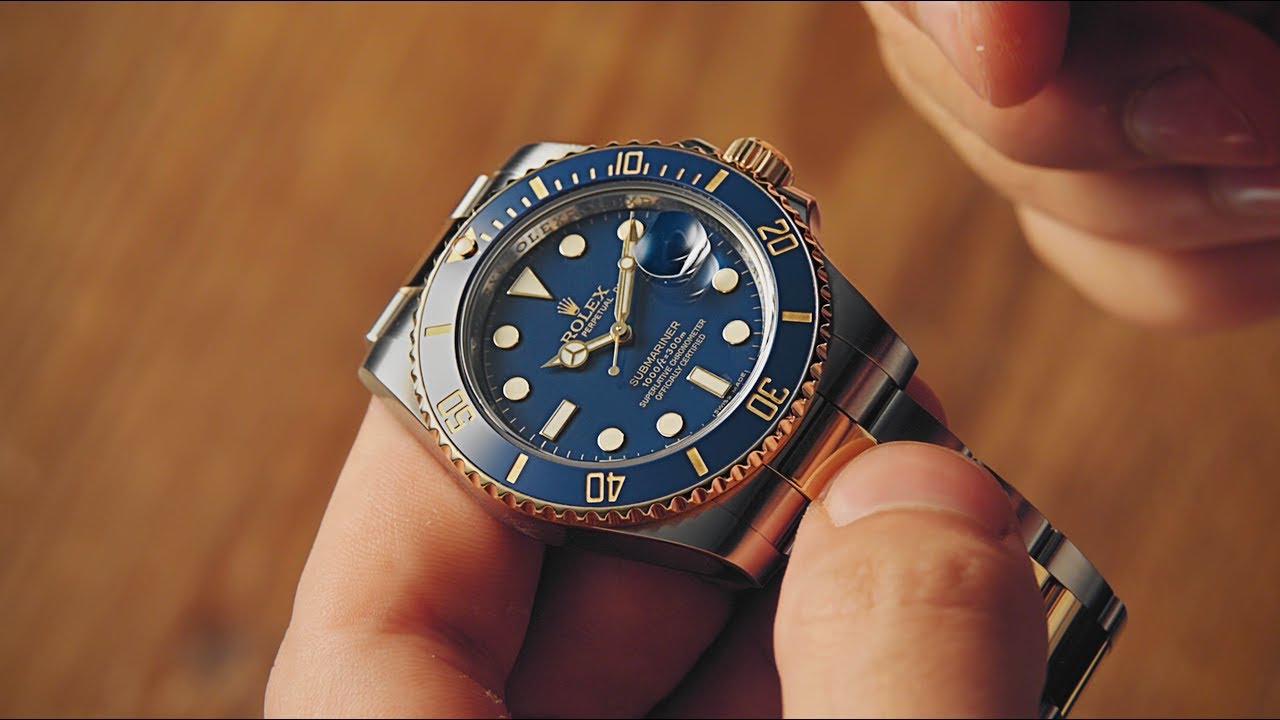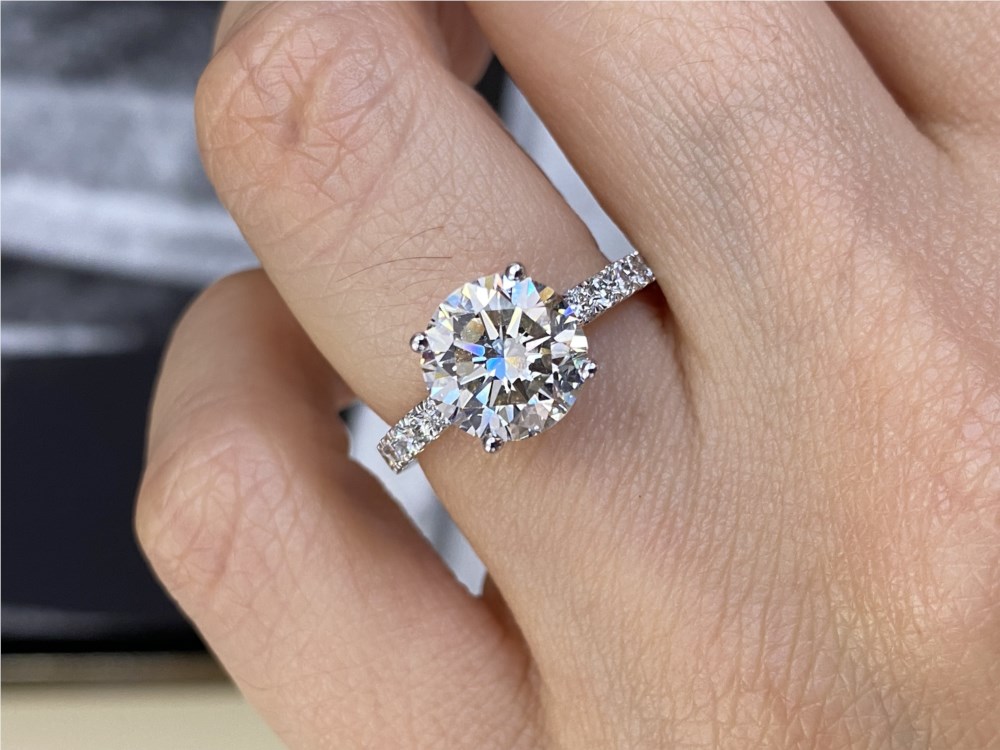
If you’ve ever wondered why Swiss watches are so good, then you’re not alone. There’s a specific culture behind Swiss watchmaking, as well as laws and codes that govern the process. In addition, there’s a minimum value criterion. Serge Maillard, a luxury brand expert, shares his insight on the topic.
Swiss watchmaking culture
During the 1930s, Swiss watchmaking culture faced a number of difficulties. The first was the Great Depression, which followed the 1929 US stock market crash. This economic depression affected watchmakers in a number of ways. Many Swiss watchmakers were forced to seek licenses, which they applied for with the Federal Department of Economic Affairs. This led to a decrease in production and cancellation of orders.
Swiss watchmakers depend on suppliers to produce timepieces. Their timepieces contain an array of tiny specialized parts. They can be either mechanical or electronic quartz. The process of creating them takes several years. While some Swiss watchmakers choose to use machine-generated tools, many Swiss timepieces are still assembled by hand.
In the 18th century, Swiss watch companies were able to produce more affordable timepieces. In fact, until the early 1960s, most Swiss watch companies operated in a dirigiste system. This forced many people to work in mountain regions, where they could produce watch parts in the coldest months. Some of the epicenters for Swiss watchmaking include La Chaux-de-Fonds and the Jura region.
The year 1986 marked the beginning of the quartz watch. The quartz watch uses a weight that oscillates similar to a self-winding mechanical watch. Since then, Swiss firms have continued to develop quartz watch technology. In addition, the year 1992 saw the dissolution of the USSR, and the first free trade agreement between Switzerland and the EEC. The year also marks the birth of the first Swiss astronaut, Claude Nicollier.
The city of Geneva is also a hub for the watchmaking industry. The Capital Museum of Art and History in Beijing recently hosted an exhibition titled Geneva at the Heart of Time: Origins of Swiss Watchmaking Culture. The exhibition is part of the celebrations of 65 years of diplomatic relations between the People’s Republic of China and Switzerland.
Swiss watchmaking culture dates back to the 1700s. A watchmaker named Jean-Moise Pouzait invented a wristwatch that had independent seconds. This is considered the precursor of the chronograph. In 1862, the Swiss watchmakers began to dominate the English market. In the 1860s, the first telegraph message was sent, and the first steam train between Zurich and Baden was built. In 1850, the Gold Rush in California began, and in the same year, a new constitution was adopted in the U.S.
Swiss watch laws
Swiss watch laws regulate the manufacture and sale of watches. The country has strict regulations that require manufacturers to make at least 50 percent of the value of their watches in Switzerland. This requires the Swiss watch companies to adhere to strict quality standards, such as having a Swiss-made movement. In addition, the watches must have at least 60 percent of their total production cost in Switzerland.
The new Swiss watch laws aim to make the country’s watch-making industry more transparent and dependable. The new regulations require Swiss watch manufacturers to put a Swiss made label on their products, so consumers can tell where the parts of their watches came from. This will also protect the “Made in Switzerland” label, which consumers value highly.
The laws also specify the typeface and size of the text on the watch. For instance, the word “watch” cannot be larger than 14mm. Moreover, the watch should only contain components that are technically necessary. In addition, the watch must also be able to be assembled and finished in Switzerland, and its parts must be produced in Switzerland at least 60 per cent.
The Swiss watch laws apply to the manufacturing of mechanical and electronic watches. Those watches that are 80% Swiss-made are considered Swiss. The law also requires that the technical construction and prototype development be done in Switzerland. The costs of the raw materials, precious stones, and the battery are not included in the production cost.
The Swiss watch laws define a watch as Swiss if it is produced in Switzerland, consists of a Swiss movement, has final inspection in Switzerland, and uses Swiss-made materials. The law also stipulates that 60% of the production cost of the watch must be spent in Switzerland. The Swiss watch industry has made the watch laws so that consumers can feel confident that their purchase is genuine.
The laws also protect consumer rights. When purchasing a Swiss watch, be sure to check if the watch has a Swiss Movt label. Usually, these watches are mass-produced, and the Swiss Movt label means the movement was constructed in Switzerland. This is a good thing because Swiss movements are better than those made in Japan or China. However, you should not be fooled by these labels.
Swiss watchmaking codes
The new Swiss watchmaking codes make the criteria for being a ‘Swiss made’ watch stricter. The criteria will require 60% of the watch’s components to be manufactured in Switzerland, including the movement, all engineering and prototyping. While this law won’t affect most entry-level watches, it will affect quartz watches. The new laws also require that the external components of quartz watches be manufactured in Switzerland. This will make these watches more Swiss than mechanical watches.
In general, the more complicated a watch’s movement is, the longer it takes to assemble a complete Swiss timepiece. For example, a watch that costs $5,000 likely took a day or two to create, while one that costs $40K likely took weeks or months. This is because of the many variables involved in producing a Swiss watch, including the complexity of its movements.
One of the most notable aspects of Swiss timepieces is their design. Those made with the Official Swiss Railways design are immediately recognizable, and they are associated with time. In addition, they feature highly visible hour and minute markers. These features make them timeless Swiss classics. In addition, luminous paint is added to the watch’s hands to make it even more visible.
Luxury Swiss watches are a perfect marriage of manual craftsmanship and advanced technology. They guarantee precise timing and the ultimate in sophistication. These timepieces are made in accordance with the Swiss watchmaking codes. The quality and durability of Swiss timepieces is undeniable. The Swiss watchmaking industry is world famous, and the Rolex Foundation is dedicated to making Swiss watchmaking more popular and accessible throughout the world.
Swiss watches have been renowned for their quality for centuries. This industry is large and complex, and a wide range of Swiss watch brands is available at every price range. The Montblanc Heritage Spirit Automatic, an entry level watch from the Heritage Spirit Collection, embodies the values of the Montblanc Meisterstuck and Swiss watchmaking codes. Its red gold hands and appliques are set off by a sunburst pattern. Its ultra slim case and satin finish are also notable features.
Swiss watchmakers’ minimum value criterion
A watch can be labeled Swiss Made if it is made in Switzerland or is at least 60 percent made in Switzerland. It may have components from other countries, but Swiss watchmakers are required to make at least 60 percent of the value of the watch in Switzerland. For example, a mechanical watch made in Switzerland should be made of 80 percent Swiss material.
In 2016, Swiss watchmakers were asked to demonstrate that their products were created with no less than sixty percent of the value of their product. But the Federal Council of Switzerland rejected this proposal, which is based on a free-trade agreement with the European Union. The Swiss government argued that a higher value criterion would not allow them to meet their international obligations.
The government has been urged by the watchmaking industry to strengthen protection of the Swiss made concept. Consequently, it launched the ‘Swissness’ project, which is an initiative to reform trademark laws. As part of the project, a minimum value threshold of sixty percent will be introduced for industrial products. This threshold will be based on the total cost of production, including R&D costs, excluding the cost of raw materials and precious stones that are not sourced in Switzerland.
The minimum value criterion requires Swiss watchmakers to make at least 50% of their watch movement in Switzerland. This percentage increases to sixty percent by January 2017. The manufacturer also needs to spend at least 50 percent of its production budget in Switzerland. It is not enough to have a Swiss movement, but it must also make a case of that watch.
The Swiss made label is an important guarantee of quality and precision. This label is regulated by law and has become a symbol of quality and craftsmanship. Moreover, it is a symbol of Swiss watchmaking tradition. However, the minimum value criterion is an ongoing debate in the watchmaking industry.
In the meantime, fake watch makers are thriving and attempting to exploit the association with Swiss values. Meanwhile, ambitious Far Eastern companies are seeking to achieve the coveted ‘Swiss Made’ label.




